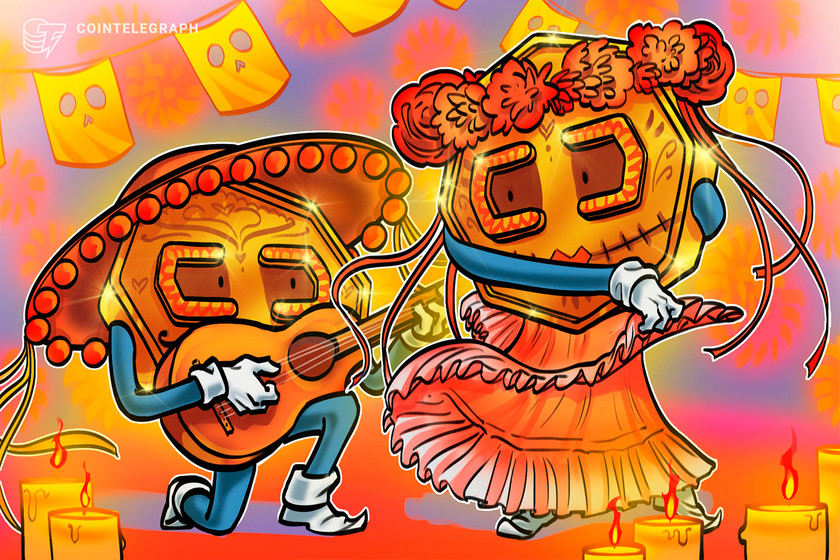Solomon Islands, Soramitsu team up for Bokolo Cash CBDC proof-of-concept


The Solomons join tiny island nations worldwide at the forefront of CBDC development.
The Central Bank of Solomon Islands has launched a proof-of-concept for a central bank digital currency (CBDC) called Bokolo Cash, with Japanese blockchain companySoramitsu providing support.
Bokolo Cash will be worth one Solomon Islands dollar.
Wholesale transfers between commercial banks and simulated cross-border payments and remittances will also be tested. Users will undergo “two-tier” Know Your Customer verification, according to Soramitsu.
Related: Small Islands, big problems: Can Bitcoin fix this? Cointelegraph Cape Verde video
Bokolo Cash will operate locally on a tailor-made blockchain based on Hyperledger’s Iroha.
The project was initiated on Nov. Solomon Islands Prime Minister Manasseh Sogavare said:






















